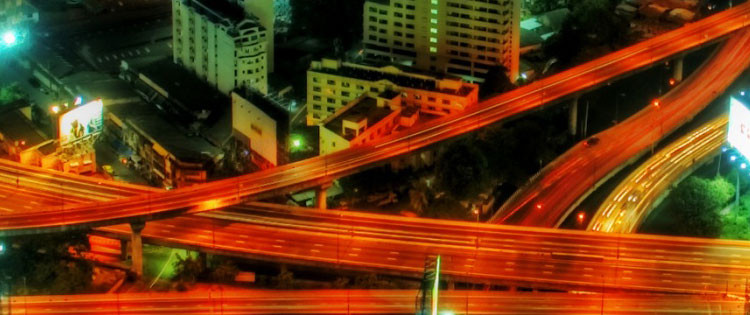Southern California governments lobby to impose congestion tax on Los Angeles motorists.
The Newspaper.com
April 4, 2019A group of California counties and cities is desperate to join European colleagues in imposing a congestion tax on commuters. The Southern California Association of Governments issued a federally funded report last week exploring the feasibility of tolling drivers who enter downtown Los Angeles, raising money for transit and bicycle lanes.The study looked at various LA neighborhoods to determine where gridlock could best be exploited to raise funds. The options included Los Angeles International Airport (LAX), Hollywood, the downtown area, the San Fernando Valley, Santa Monica and Westside. The researchers said the tax would increase the number of people using bicycles by nine percent and walking by seven percent. According to the report, Angelenos will enjoy paying the charge because of these benefits.
“The Mobility Go Zone Program is expected to improve mobility and the transportation-user experience,” the report explained. “In practice, this means people will enjoy travel time savings to get to their respective work, leisure, school or other destinations.”
The introductory rate for the charge would be $4, paid by vehicles entering the charging zone during peak periods. Automated license plate reader (ANPR or ALPR) cameras would track cars and bill drivers who lack a FasTrak toll transponder. Comparable European cities have a congestion tax rate of about $15 per trip.
Over a decade, the operational costs of paying third-party vendors to collect the toll would run $326 million, including $15 million for the cost of toll collection equipment. The tax itself would collect from motorists between $87 million and $135 million per year for a net profit of $69 million per year.
The report concluded that the congestion tax would increase carpooling by 51 percent and reduce automobile miles traveled by 20 percent, reducing pollution and greenhouse gas emissions. Such a tax would could be a tough sell to the public in Los Angeles. As the 1980s band Missing Persons put it, “Only a nobody walks in LA.” When the question was put to residents in Manchester, England, in 2008, some 79 percent voted against the idea of a congestion tax.
The idea of congestion charging was popularized in the UK in 2003 when London’s mayor at the time, Ken Livingstone, imposed the tax. In 2008, Livingstone was defeated by six points by Boris Johnson who campaigned on scaling back the charging zone.
Transport for London data show that the congestion charge has failed in its stated goal of controlling traffic levels downtown. Documented journey times inside the charging zone in 2007 were the same as in 2002, before the tax was collected, according to a 2008 report. An independent study found no reduction in pollution within zone. Currently, about half of the $360 million paid in tolls annually goes to the overhead cost, leaving $178 million in profit — most of which comes from late payment penalty tickets.
A copy of the report is available in a 5mb PDF file at the source link below.
Source: Mobility Go Zone Pricing Feasibility Study (Southern California Association of Governments, 3/31/2019)


